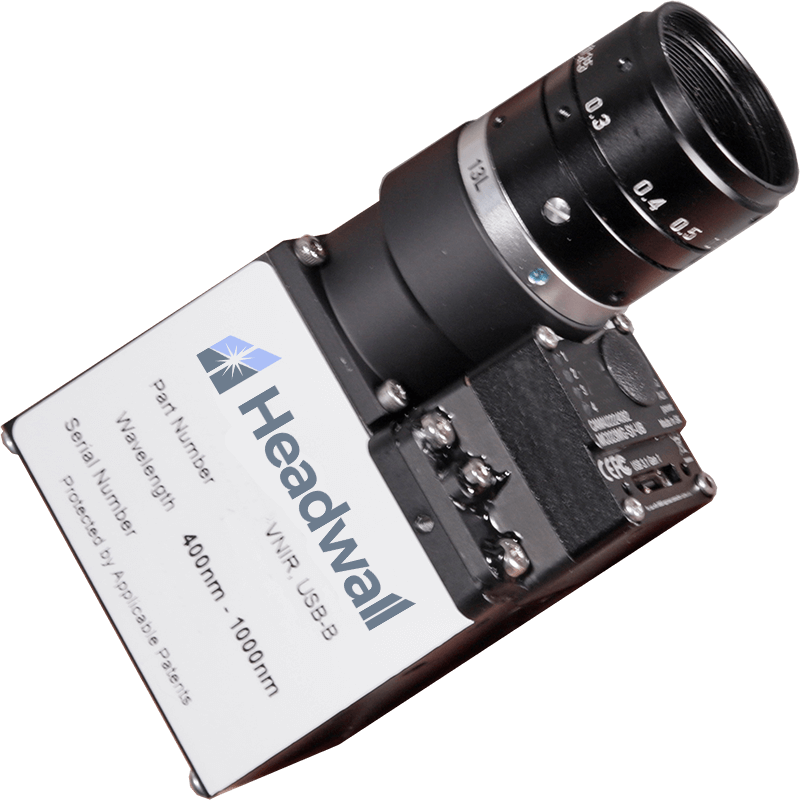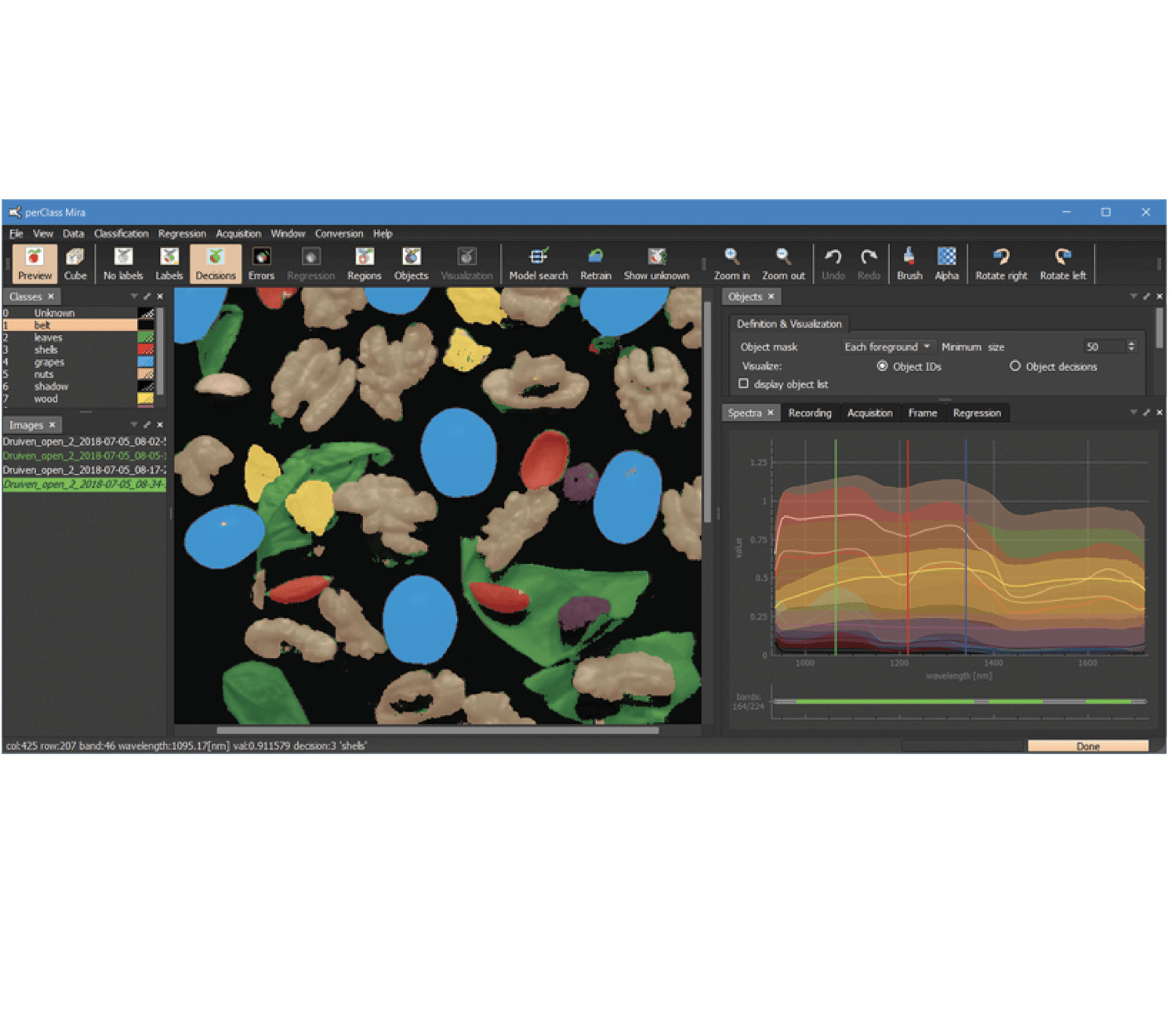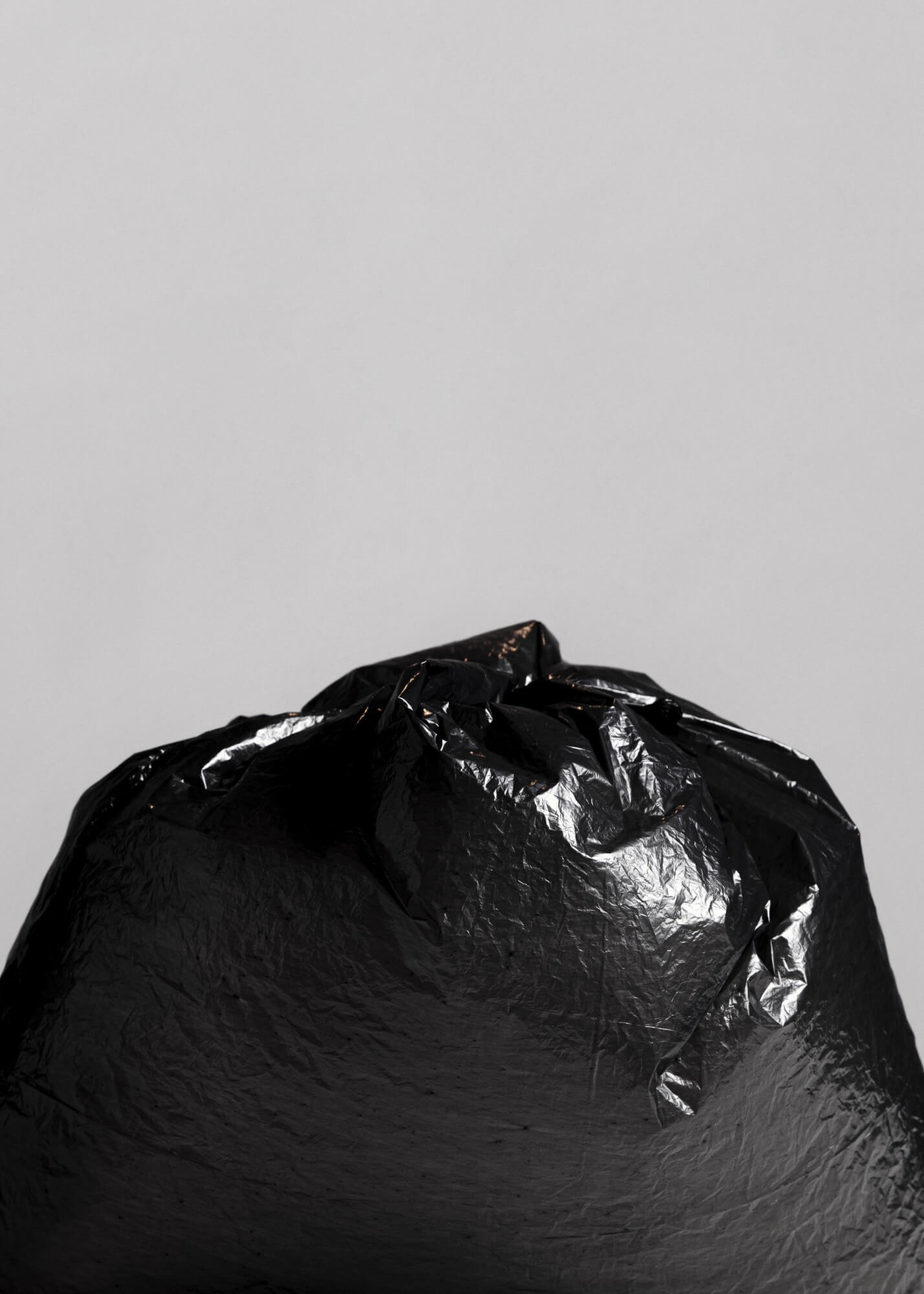Real-Time, Contactless Sorting of Plastics for Recycling with Hyperspectral Imaging
Global plastic production is increasing at an alarming rate, expected to double by 2050, and currently accounts for 4.5% of worldwide greenhouse gas emissions. This trend is driving governments and researchers to develop faster and more efficient methods for sorting and recycling plastics to reduce environmental impact.




